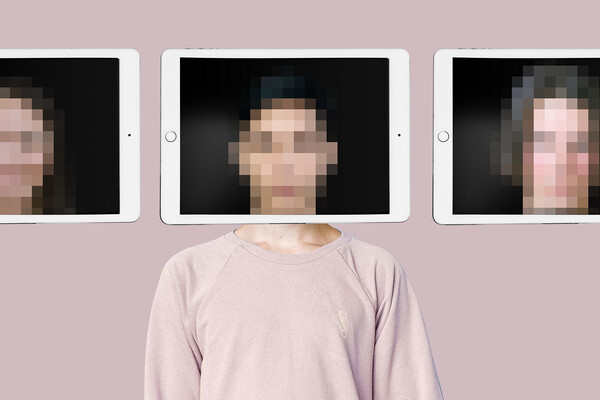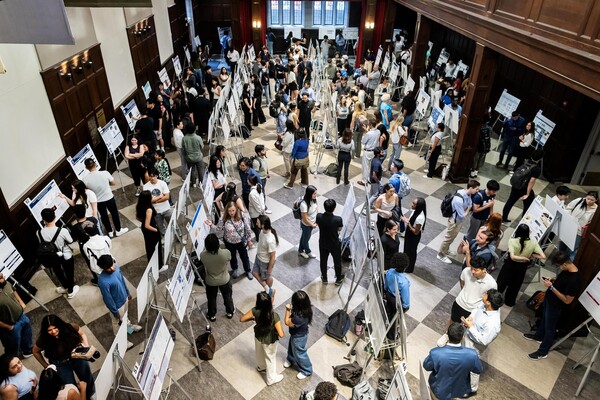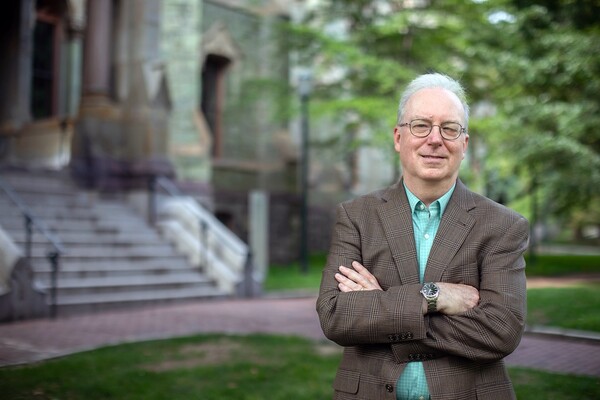
Image: Mininyx Doodle via Getty Images
Compared to patients who see their primary care doctor earlier in the day, cancer screening rates decline significantly as the day goes on, according to a new study from researchers in the Perelman School of Medicine and Wharton School. The researchers, whose findings were published in JAMA Network Open, believe these rates of decline may be in part due to “decision fatigue”—which results from the cumulative burden of screening discussions earlier in the day—and doctors falling behind in their busy schedules.
“Our findings suggest that future interventions targeting improvements in cancer screening might focus on time of day as an important factor in influencing behaviors,” says the study’s lead author, Esther Hsiang, a Wharton student and researcher with the Penn Medicine Nudge Unit. “We believe that the downward trend of ordering may be the result of ‘decision fatigue,’ where people may be less inclined to consider a new decision after they’ve been making them all day. It may also stem from overloaded clinicians getting behind as the day progresses.”
“Our new study adds to the growing evidence that time of day and decision fatigue impacts patient care,” says Mitesh Patel, director of the Penn Medicine Nudge Unit and an assistant professor of medicine. “In past work, we’ve found that nudges in the electronic health record can be used to address these types of gaps in care, which we suspect will be the case here. Future research could evaluate how nudges may be implemented in order to improve cancer screening.”
Read more at Penn Medicine News.
Penn Today Staff

Image: Mininyx Doodle via Getty Images

nocred

Image: Pencho Chukov via Getty Images

Charles Kane, Christopher H. Browne Distinguished Professor of Physics at Penn’s School of Arts & Sciences.
(Image: Brooke Sietinsons)